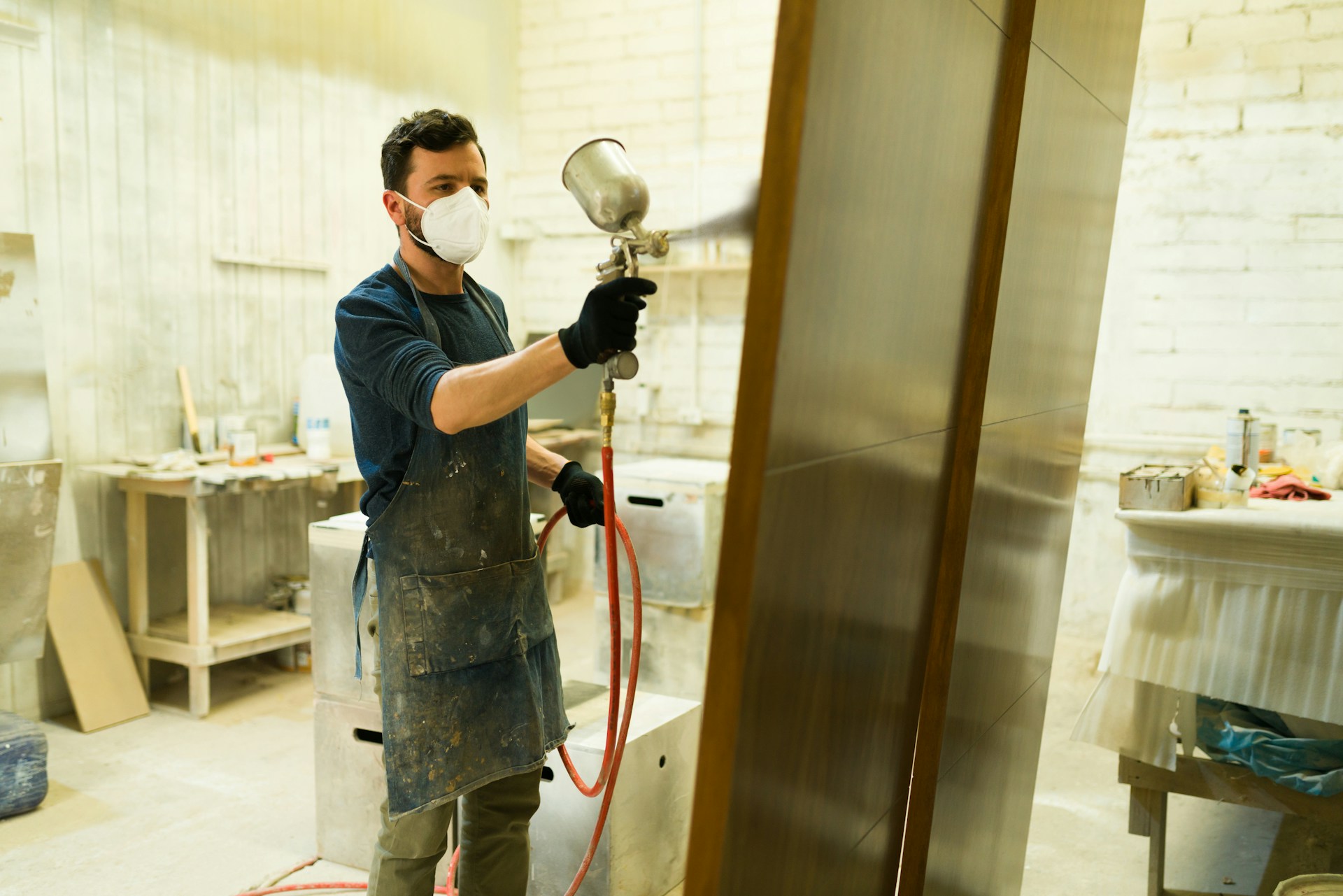Troubleshooting Common Spray Paint Equipment Issues
Spray paint equipment can be a true game-changer for many projects, offering a fast and efficient way to cover large surfaces with ease. However, just like any tool, these machines require regular attention to keep them running smoothly. Without proper maintenance, they can develop performance issues that might slow you down. Think about it like a car—most of us wouldn’t go for an oil change only once in a blue moon. Regular care ensures the longevity of the equipment and a consistently high-quality finish on your projects.
It’s not uncommon to encounter a few hiccups with spray paint equipment over time. Whether it’s a clogged nozzle, an inconsistent spray pattern, or pesky leaks, understanding how to address these problems can save both time and frustration. Addressing these common issues will help steady your equipment’s performance and keep your projects looking top-notch.
Identifying and Fixing Clogged Nozzles
A clogged nozzle often ranks as one of the most frequent issues you might face when using a spray paint tool. So, what causes a nozzle to clog in the first place? The buildup of dried paint inside or outside the nozzle opening usually does the trick. This can happen if the equipment isn’t cleaned thoroughly after each use. Certain thicker paints are also more likely to stop up the works.
When you’re staring down a clogged nozzle, don’t worry. Follow these steps to clear things up:
– First, switch off and unplug the equipment for safety.
– Remove the nozzle and soak it in a solution compatible with your paint type (often warm water or a recommended solvent).
– Gently clean the nozzle using a soft brush to dislodge any remaining paint.
To prevent clogs in the future, always clean your equipment right after your painting session. Also, make sure the paint you’re using is properly thinned if the sprayer requires it. A little prevention goes a long way and saves hassle down the road.
Resolving Inconsistent Spray Patterns
Dealing with uneven spray patterns can be a bit challenging, but once you know the common culprits, resolving these issues becomes much easier. Often, inconsistent patterns arise from irregular pressure or when the equipment’s settings aren’t correctly adjusted. Another possible reason is using the wrong nozzle size for the type of paint or surface you’re working on.
To ensure a smooth and even spray, follow these practical steps:
– Check that your pressure settings match the manufacturer’s recommendations. This can prevent both under and over-spraying.
– Regularly inspect and adjust the nozzle. Sometimes a simple tweak can make a big difference.
– Test the spray on a scrap piece before starting your main project to catch any irregularities early.
Regular upkeep goes a long way. Taking the time to clean and adjust your equipment after each use can help maintain perfectly consistent patterns.
Addressing Paint Leakage and Drips
Paint leakage and drips can turn a fun project into a frustrating mess. Identifying where the leaks are coming from is key to correcting this problem. Common sources include loose components, worn-out seals, or improper assembly of the equipment.
To tackle this issue effectively:
– Tighten all fittings and connections to ensure they’re snug.
– If seals look worn out, replace them promptly to prevent further problems.
– Ensure that you’ve assembled the equipment according to the instructions, as even the tiniest gap can lead to drips.
Routine checks can help catch these issues early, keeping your gear in top shape and preventing drips from ruining your project.
Troubleshooting Equipment Power Problems
Power issues with spray paint equipment can halt your work completely. Recognizing signs such as the equipment not starting or losing power intermittently can help you act before the problem escalates. These signs could indicate a power supply issue or even deeper electrical problems.
Here’s a quick rundown on how to handle power problems:
– First, verify that the power source is reliable and that cords are intact and properly connected.
– If your equipment still struggles, consider checking the internal fuses or breakers.
– Sometimes, a more complex electrical issue might require professional support, so keep that in mind as you diagnose the situation.
Fixing power issues promptly ensures that your workflow remains steady and uninterrupted.
Wrapping Up Your Spray Paint Equipment Care Routine
Keeping your spray paint equipment in top condition boils down to consistent maintenance and mindful practices. Regular checks and cleaning sessions help minimize the risk of unexpected issues, ensuring your projects proceed smoothly and efficiently.
Consider the guideline steps mentioned earlier—dealing with clogs, maintaining even spray patterns, addressing leaks, and resolving power issues. Sticking to these practices not only extends the life of your equipment but also guarantees you end up with results that meet your expectations.
Routine care and attention to detail are your best allies in keeping spray painting projects stress-free and high quality.
Keep your spray painting projects running smoothly with the right equipment from Sarasota Paint. Our range of top-notch supplies ensures you’re always prepared to tackle any DIY or professional job without a hitch. For the finest selection of tools and resources, explore what sets us apart from other painting equipment suppliers. Equip yourself with the best to maintain flawless results and prolong the life of your gear.

